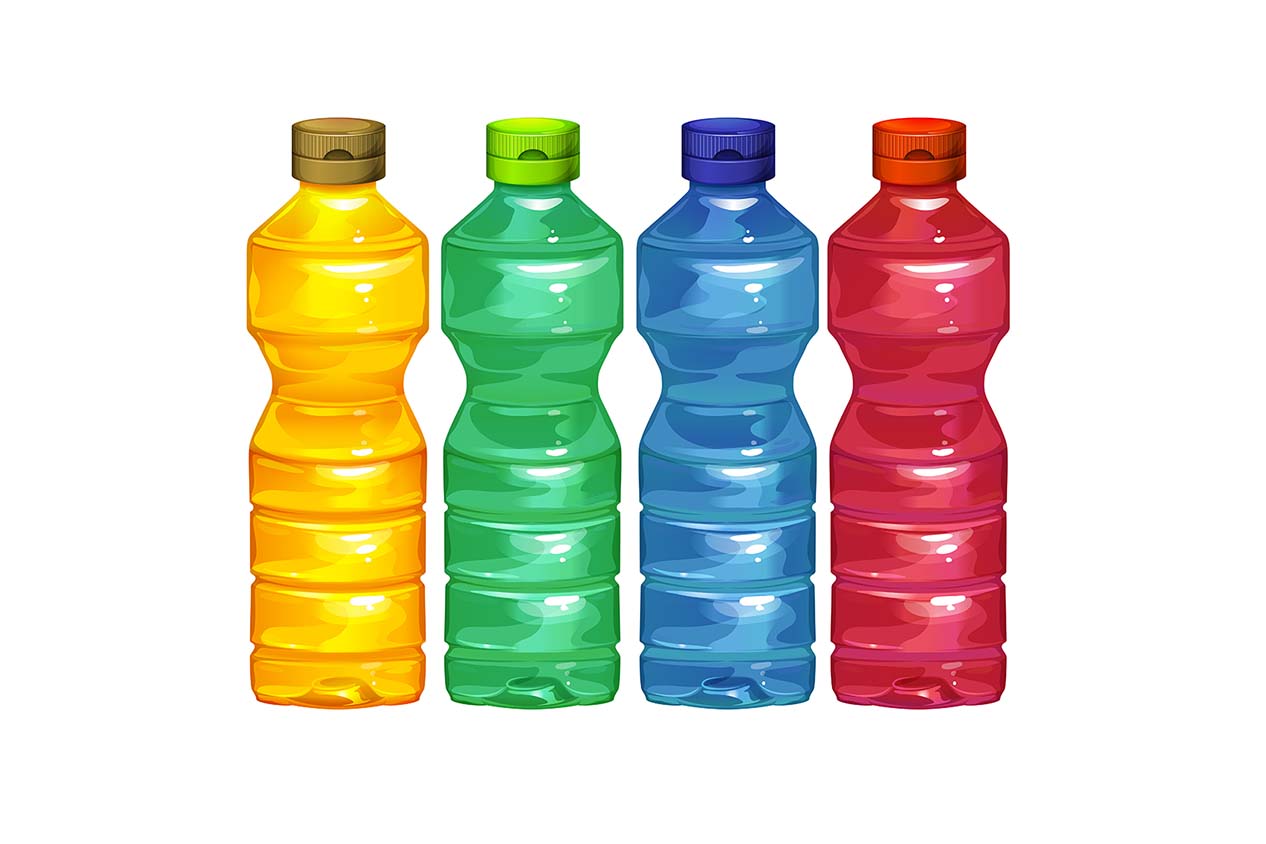Introduction
Autism Spectrum Disorder (ASD) and Attention Deficit/Hyperactivity Disorder (ADHD) are conditions with complex and multifactorial etiologies. Epidemiological studies suggest a connection between these disorders and exposure to environmental pollutants, including plasticizers. This study focuses on two key compounds: Bisphenol-A (BPA) and Diethylhexyl Phthalate (DEHP).
BPA and DEHP are eliminated from the body through glucuronidation, a process that converts insoluble substances into water-soluble forms, facilitating their excretion via urine.
Hypothesis
Detoxification of these plasticizers is less efficient in children with ASD and ADHD, leading to increased tissue exposure to these compounds.
Methodology
The efficiency of glucuronidation was examined in three groups of children:
- Children with ASD (n = 66),
- Children with ASD (n = 46),
- Healthy controls (n = 37).
Participants were recruited from clinics at Rutgers-NJ Medical School, and urine samples were collected from each child. Multiple mass spectrometry analyses, including a complete metabolomic profile, were conducted to assess glucuronidation efficiency across 12 different pathways, including those for BPA and DEHP.
Results
- Metabolomic analysis revealed significant metabolic differences between the ASD, ADHD, and control groups.
- Of the 12 pathways studied, only the BPA and DEHP pathways distinguished the three groups.
- Glucuronidation efficiency for BPA was reduced by 11% in children with ASD (p = 0.020) and by 17% in children with ADHD (p < 0.001) compared to controls. DEHP showed similar trends, but these were not statistically significant.
Conclusion
Although ASD and ADHD are clinically and metabolically distinct, both conditions share a reduced capacity for detoxifying BPA and DEHP. The statistically significant reduction in BPA glucuronidation highlights a potential link between impaired detoxification and the pathophysiology of these disorders.
What Does This Mean?
This study underscores the potential role of environmental pollutants in the development of neurodevelopmental disorders and emphasizes the importance of detoxification pathways in maintaining health. Further research is needed to clarify these relationships and to develop strategies for minimizing children's exposure to harmful environmental compounds.
For more insights on how plasticizers impact children’s health and practical ways to reduce exposure, stay tuned to our blog!
Source: Stein TP, Schluter MD, Steer RA, Ming X. Bisphenol-A and phthalate metabolism in children with neurodevelopmental disorders. PLOS ONE. 2023; 18(9): e0289841. https://doi.org/10.1371/journal.pone.0289841 https://doi.org/10.1371/journal.pone.0289841




